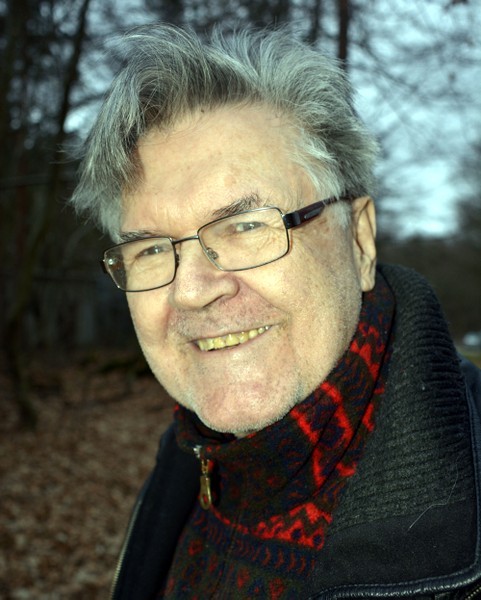
In Memory of Ulrich Maschwitz
Prof. Dr. Ulrich Maschwitz dedicated his life to the study of Asian ants, with Malaysia as a focus point of his work. He was a real ant expert, a great observer, who knew fascinating details of the life history and behavioral ecology of rare (tropical) ants, guided his students to the most interesting fields of research and translated the observations into marvelous scientific reports of stunning ant behavior. His enthusiasm, spirit, humor and philanthropy will be missed sadly.

© 2018 Marlis Merbach
Obituary
Written by Prof. Dr. Heike Feldhaar, one of his many coauthors
"It is with great sadness that I inform you that Ulrich Maschwitz, a passionate myrmecologist and excellent naturalist, has passed on the 25th of July 2018, at the age of 80. Uli Maschwitz started his scientific career as a PhD-student with Martin Lindauer in Munich, working on chemical communication and alarm pheromones in social insects. In the following years he shed light on functions of different glands of beetles and social insects and pioneered ideas on the antimicrobial function of the metapleural gland. After receiving a professorship in zoology at the University of Frankfurt beginning of the 1970ies, Uli Maschwitz began to work on ant-plant interactions in tropical Asia, especially in Malaysia. Being an excellent observer he discovered and studied many fascinating details in ant ecology such as the symbiosis of Crematogaster ants with Macaranga plants, "exploding" Camponotus ants, or the unlikely association of Camponotus ants with carnivorous Nepenthes pitcher plants. After his retirement in 2003 he remained an active researcher and enjoyed long field trips to South East Asia, publishing many more articles on ant-plant interactions and discovering more and more partners of these associations such as fungi and nematodes. He will be remembered as passionate natural historian. Anyone who has ever accompanied him on his ventures into the rainforest will remember his extraordinary ability in spotting unusual things worth studying within minutes or even at a single glance. Many of these discoveries inspired his students to try and elucidate why and how ants showed a particular behaviour. He was a very kind, often shy person who loved to discuss his ideas with students and colleagues on the veranda of the field station."
Some of Ulrich Maschwitz findings have also been published in Asian Myrmecology, e.g about the
Old World Ant Gardens or the ant diversity at Mount Kinabalu and on antbase.net.




